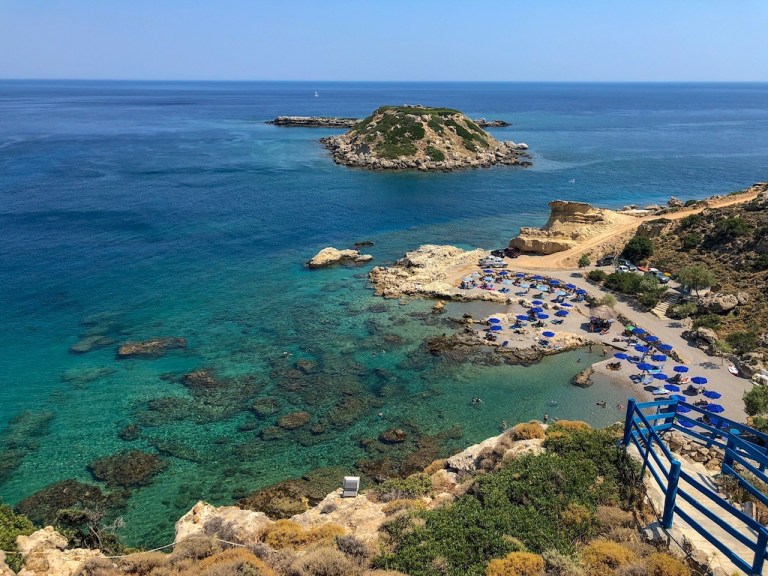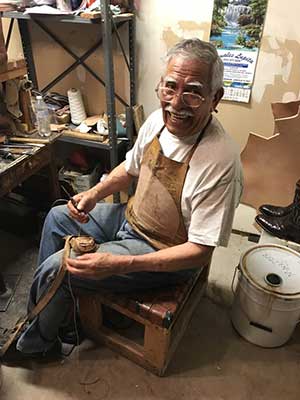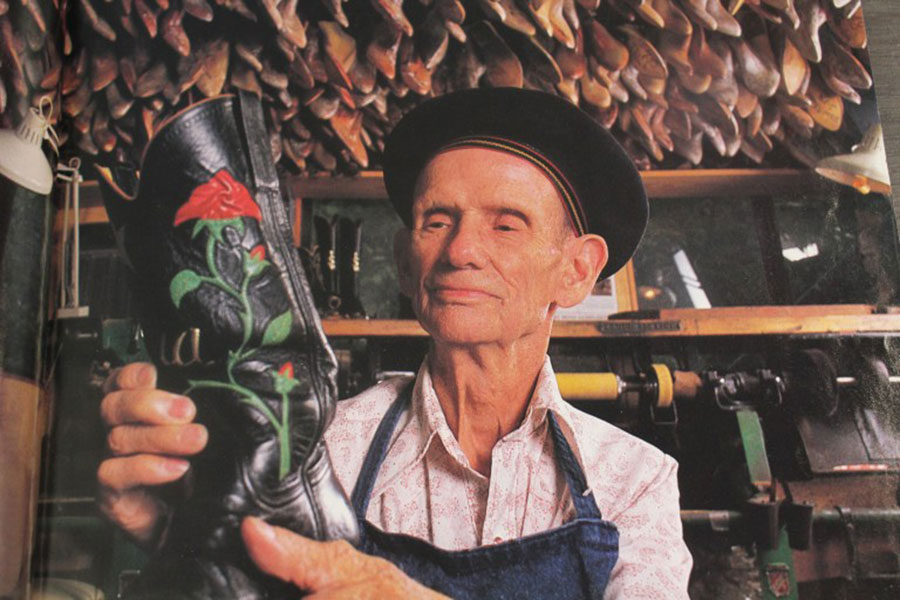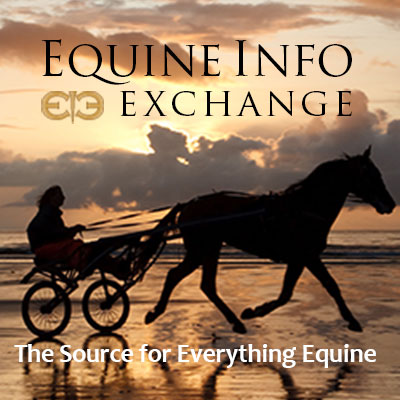Tack & Farm
Our Tack & Farm section features an Apparel section to find both practical and fashionable riding attire. If you ride English & Western or Race, many sources are available in the Tack section.
Building a barn? Need an architect for your equine dream home? Find one in Barns & Stalls.
Have a hungry horse? Of course you do! Find a place to buy your feed and tuck your horse in at night in the Bedding & Feed section. Looking for a place to keep your horse? You can find it in the Horse Boarding section. Keep your horse happy and beautiful with resources in our Grooming section.
Traveling? Find a Shipping company or Horse Sitting service if your horse is staying home!
Running and maintaining a farm or stable is a continuous effort, and to help find products or tools you need, please see our Equipment, Fencing and Management Tools sections.
Seeking Services? Find financial and tax expertise in our Accounting section. Companies who will help protect your investment are found in the Insurance section. For those who want legal advice about purchasing, liability, and other issues, please look at the Equine Law section to find an expert. Build and promote your business with teams from Marketing / Videography / Web Design.
Do we need to add more? Please use the useful feedback link and let us know!

Co-founders of Epos Custom Leather create powerful mythic imagery and historical recreations
By Lynn Ascrizzi
If gray winter ever gets you down, think of the Greek island of Rhodes, set like a rough-cut gemstone in the sparkling Aegean.
“It’s called the ‘Island of the Sun,’” said Natalie Orfanidi, a gifted leather artist born and raised in Rhodes, the fourth largest island in Greece, a place where remains of ancient city walls, temples and other monuments resonate with the brilliant spirit of Greek antiquity. “The island has over 300 days of sunlight. Everywhere is near the water. It is quite hilly. There are a lot of mountains,” she said.
In 2015, Natalie and Michael Dale, an equally accomplished leatherworker, co-founded Epos Custom Leather in Rhodes.They live and work near Rhodes Town, a small village located on the northwestern tip of the island. Their snug workshop, set up in a 12-by-16-foot room on the second floor of their home, is only a 7-minute drive from the ever-present sea. “It’s pretty tiny,” Mike said, of their shared workplace. “Some of our projects spill out into the rest of the house.”
The couples’ finely-crafted, custom-made leather goods include passport cases, wallets, maps, holsters, guitar straps, purses, key fobs, archery arm guards and quivers. The highly-skilled, imaginative versatility of their leather carvings and special, historical recreations bring a distinctive vitality and character to their work.
“Epos (pronounced EH-pos) is a Greek word that means epic,” Natalie explained, a term that calls up legendary poems like the Odyssey, a classic tale about the harrowing journey of the Greek hero-king, Odysseus, who encounters fearsome sea monsters, giants, bewitching goddesses, ghost-spirits and plenty more, while he tries to sail home to Ithaca over the “wine-dark sea.”
Indeed, the captivating leather carvings created at Epos Custom Leather have their own epic dimension — artwork brimming over with powerful mythic archetypes from ancient Greece and other bygone cultures.

by Nick Pernokas
The tall cowboy eased through the crowd at the tradeshow. Every once in a while there was a flash of recognition from other shoppers, but then they went on about their business. This was Vegas after all. The National Finals Rodeo sported several large trade shows filled with western merchandise and it was easy to miss something if you didn’t pay attention. The cowboy was on a mission though, and he spied what he was looking for in the next vendor’s booth. He lowered his frame onto the beautiful tooled saddle. When the salesman came over to try to let the stirrups out, Tom Selleck shook his head and said, “No thanks, I’m looking for one for my wife.”
Selleck appreciated the quality of the saddle, and in a few minutes he’d ordered a custom Frecker saddle for his wife, Jillie.
Saddlemaker Kent Frecker developed a love of horses in childhood. His grandfather, a former rodeo cowboy, enjoyed hunting and packing on horseback. As Kent grew up, his grandfather instilled a love of these activities in him.

by Nick Pernokas
The young boy reached Chihuahua City at dawn. He’d brought a couple of tortillas wrapped around some meat in a paper sack for breakfast. As he nibbled on them, he wondered if his family had noticed him missing from their home in Juarez yet. The year was 1950, and the 15 year old had hitchhiked down from Juarez to sign up for the Bracero program. He thought that nothing could be better than to arrive in North America as a migrant worker. He would soon be making a man’s wages in the United States. As he walked towards the offices, the size of the mob intimidated him. Men were waiting for their names to be called so they could board the trucks to their new jobs. As he pushed his way up to an official with a clipboard, some of the men began to laugh at him. He asked one of them why they were laughing.
“Because you have to be 18, stupid,” said the man. “Go home and grow up.”
The boy hung his head and turned away. Fortunately, he was able to find someone from Juarez to give him a ride home.
By the time Juan Cruz arrived home, his relieved family knew what had happened. His Uncle Vicente Martinez took him aside.
“You know your brother is making boots,” said Uncle Vicente. “Do you want to join us? I’ll teach you how to make boots.”
Sometimes fate moves rapidly. In Juan’s case, the die was cast. He began his true journey that night.

by Gene Fowler
Perched all pretty on the Colorado River, where the limestone hills of Central Texas tumble down from the west to meet the Blackland prairie from the east, the city of Austin has changed a lot since I first laid eyes on it in the 1960s.
I’ll know for sure, though, that the place has devolved to high-tech heck if they ever take down the giant cowboy boot that has adorned a Lavaca Street building since….well, it seems like ever since Davy Crockett played his last fiddle tune at the Alamo back in 1836.
The boot once marked the Capitol Saddlery. Rodeo star Buck Steiner opened the boots-and-saddles emporium around 1930, and the legendary Charlie Dunn built boots for Buck from 1949 to 1974. Charlie’s bootmaking career at Capitol Saddlery and elsewhere spanned some 80 incredible years. Singer Jerry Jeff Walker made Dunn extra famous in 1972 with an eponymous ditty about the diminutive bootmaker “with the smilin’ leathery face.”
“Charlie Dunn,” Walker crooned. “He’s the one to see.” Thousands of satisfied boot wearers, many of whom surely treasure their custom Dunns today, 27 years after Charlie’s death, know that the song sang true.
- Horse Barn Modification for Miniatures, Mules and Donkeys
- 3 Companies That Excel at Outfitting Equestrians of All Sizes
- Horses Show Annual Grass Preferences
- Laughs and Lasts at Bell Custom Made Boots
- The Correct Way to Use Slow-Feeders
- Don Gonzales: Texas Saddlemaker, Leathercraft Teacher
- 4 Ideas for Advertising and Marketing Your Equestrian Center
- Why Outdoor Living is Better for Your Mare!
- Horizon Structures Presents: Barn Color Choice Matters
- Only Skin Deep? That Old Chestnut of Saddle Fitting – and Chestnut Horses
































